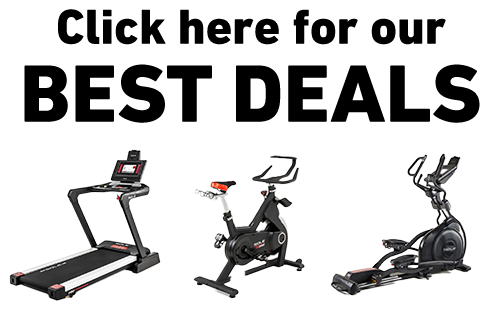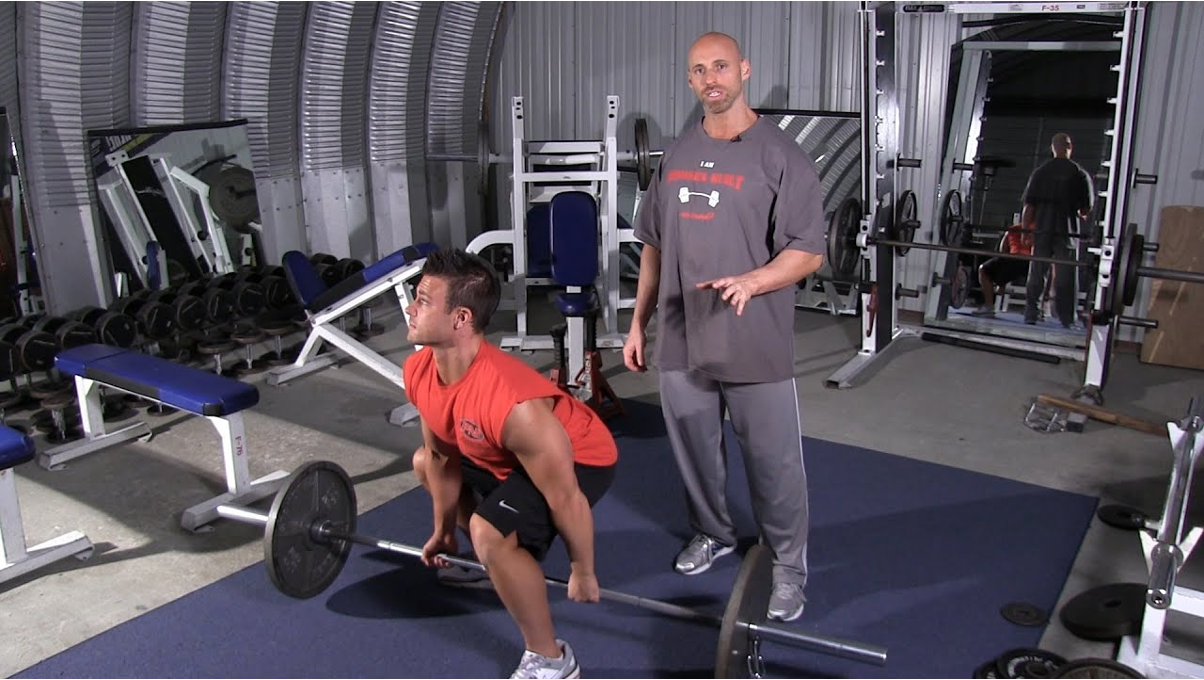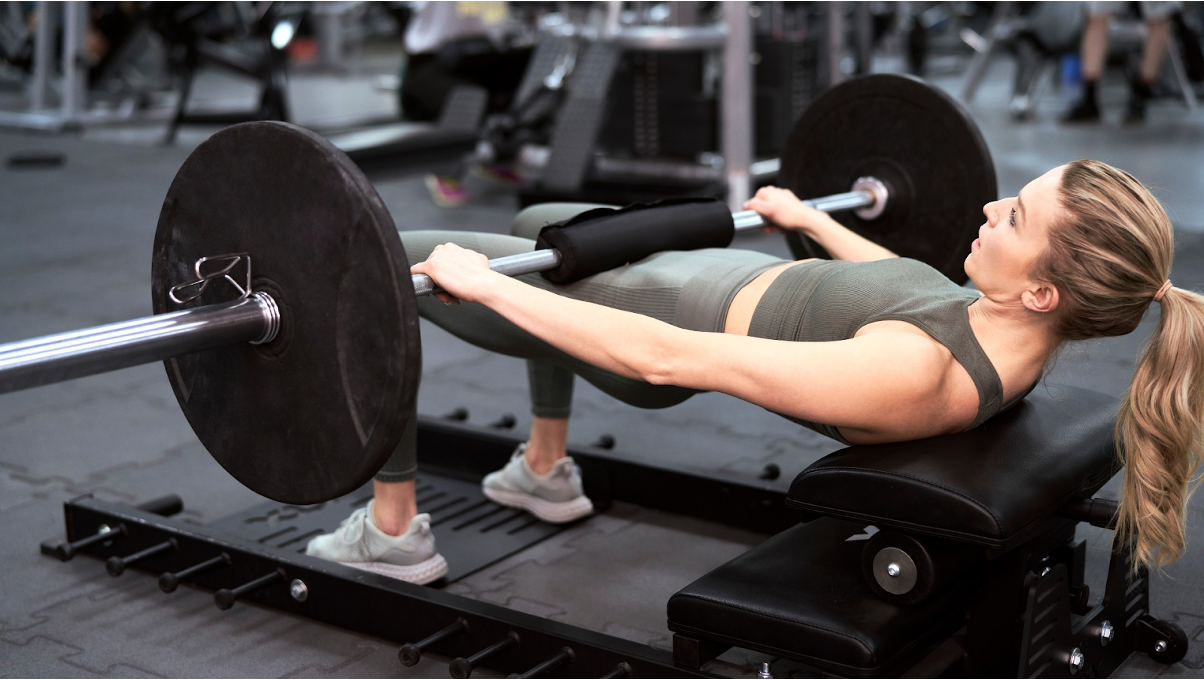Key Takeaways
- Jefferson squats hit multiple muscle groups while your brain tries to figure out what's happening to your body.
- The wonky stance creates benefits you can't get from regular squats, including fixing imbalances you didn't know you had.
- Starting with lighter dumbbells allows beginners to master form before progressing to heavier weights.
- Jefferson squats can be easily modified to accommodate different fitness levels and mobility restrictions.
- SOLE adjustable dumbbells provide the perfect progression system for mastering Jefferson squats
Master the Jefferson Squat
Overview
The Jefferson squat is one of the most underrated exercises in strength training. This unique movement dates back to the golden era of strongman training but has recently made a comeback in modern fitness circles. While the traditional version uses a barbell, the dumbbell variation offers distinct advantages that make it more accessible and versatile for many lifters.
What Makes the Jefferson Squat Unique?
The Jefferson squat is distinguished by its straddled stance where you position yourself with one foot in front of the weight and one behind it. Unlike conventional squats where both feet are positioned symmetrically, this staggered stance creates a unique training stimulus. When performed with dumbbells instead of a barbell, you gain additional freedom of movement and the ability to adjust the load more precisely based on your fitness level.
What makes the Jefferson squat especially valuable is how it combines the benefits of bilateral training (using both legs) with the advantages of asymmetrical loading. This creates a more functional movement pattern that better mimics real-world activities and sports movements. Your body must work harder to maintain balance and stability throughout the entire range of motion.
|
At SOLE, we're proud to offer top-quality exercise equipment designed for home and gym use. Our machines are built to meet the highest standards of durability and performance, making them ideal for fitness enthusiasts at any level. SOLE Products
|
Jefferson Squat Benefits
Adding Jefferson squats to your routine is like upgrading from a flip phone to a smartphone: you didn't know what you were missing until you tried it.
Asymmetrical Training
The lopsided nature of Jefferson squats is actually a feature. By straddling the weight with one foot forward and one back, you create a situation where your body can't just rely on its dominant patterns. Your weaker side can't hide behind your stronger side like it does during regular squats.
This asymmetry forces those lazy stabilizing muscles to actually do their job. These are the muscles that traditional gym exercises often miss, the ones that keep you upright when life throws you a curveball. Over time, this helps correct the imbalances that develop from years of favoring one side or sitting in the same position all day.
Core Stability
The offset stance of the Jefferson squat creates rotational forces that your core has to resist. This makes it an exceptional exercise for building anti-rotational strength in your abdominals, obliques, and lower back.
Unlike crunches or sit-ups that train your core in isolation, the Jefferson squat integrates core stability within a functional movement pattern. Your trunk muscles must work continuously to maintain proper positioning throughout the exercise, resulting in stronger, more resilient core musculature.
Hip Mobility
Modern lifestyles often leave us with restricted hip mobility from excessive sitting and limited movement variety. Jefferson squats directly address this by requiring a substantial range of motion through the hips in multiple planes.
The staggered stance encourages both internal and external rotation at the hip joints, helping to maintain and improve mobility. Regular practice can help counteract the negative effects of sitting and restore more natural movement patterns to your hips.
Functional Strength
Unlike isolated machine exercises, Jefferson squats develop strength that translates directly to real-world activities. The multi-planar movement closely mimics the positions we naturally find ourselves in during daily life and sports.
No matter if you're picking up a heavy object from an awkward position or maintaining balance during athletic movements, the strength gained from Jefferson squats has practical applications. This functional carryover makes it especially valuable for athletes and active individuals.
Muscles Targeted
Primary Muscles
The quadriceps, hamstrings, and glutes bear the brunt of the work during dumbbell Jefferson squats. Your quads work to extend the knees as you stand up, while your hamstrings and glutes power hip extension. What makes the Jefferson squat unique is the varied recruitment patterns between your front and back legs. The front leg typically receives more quadriceps emphasis, while the back leg engages the glutes and hamstrings to a greater degree.
Secondary Muscles
Beyond the primary movers, Jefferson squats heavily recruit the adductors (inner thigh muscles) and abductors (outer hip muscles) due to the wide stance. Your calves work to stabilize the ankles throughout the movement, especially when using heavier weights.
The upper body isn't just along for the ride either. Your traps, rhomboids, and rear deltoids all activate to maintain proper posture and support the dumbbells. This whole-body recruitment pattern makes Jefferson squats extremely efficient for total-body development.
Proper Dumbbell Form
For proper form, the exact foot position may vary based on your individual anatomy and mobility. Experiment to find the stance that feels most stable and comfortable while allowing you to maintain a neutral spine position. (Image courtesy of Wikihow)
Setup Position
Begin by standing with your feet slightly wider than shoulder-width apart. Place two dumbbells on the floor between your feet, positioned in line with each other.
Step forward with one foot and backward with the other so that the dumbbells are aligned between your legs in a straddled position. Your feet should be pointing outward at approximately 45-degree angles to accommodate the wide stance.
Setup Checklist
- Feet wider than shoulder-width
- Dumbbells centered between the legs
- Feet turned outward at 45 degrees
- One foot forward, one foot back
- The weight is evenly distributed between both feet
Grip and Stance
Bend at the knees and hips to reach down and grasp the dumbbells with a neutral grip (palms facing each other). Your hands should be positioned directly under your shoulders, with elbows slightly bent.
The dumbbells should hang naturally at arm's length with your shoulders pulled back and down away from your ears. This positioning creates a strong foundation and protects your shoulders and lower back during the movement. Maintain a slight arch in your lower back without excessive hyperextension, and brace your core as if preparing to take a punch.
Movement Pattern
Initiate the movement by driving through your heels and midfoot, pushing the floor away as you stand up. Keep your chest up and your spine neutral throughout the entire movement.
As you rise, the dumbbells should travel in a vertical line close to your body. At the top position, stand tall with hips fully extended, but avoid leaning backward. To descend, hinge at the hips and bend your knees simultaneously, controlling the dumbbells back to the starting position.
Throughout the movement, resist any twisting forces by keeping your core tight and shoulders square.
Breathing Technique
Proper breathing enhances stability and power during Jefferson squats. Take a deep breath into your diaphragm before beginning the descent, filling your belly rather than your chest. Hold this breath as you lower down, creating internal pressure that supports your spine. As you pass the most challenging part of the lift (typically just above parallel), begin to exhale forcefully through pursed lips while maintaining core tension.
This breathing pattern, known as the Valsalva maneuver, increases intra-abdominal pressure and provides crucial support for your spine during heavy lifting. For lighter weights or higher repetitions, you may prefer to exhale during the ascent and inhale during the descent while still maintaining core bracing.
Never hold your breath throughout the entire movement when performing Jefferson squats, as this can cause dangerous spikes in blood pressure. Finding the right balance between pressure and breathing is essential for both safety and performance.
Common Mistakes
The most frequent mistake is excessive spinal rotation, which can place harmful stress on your lower back. Keep your shoulders and hips square throughout the movement to prevent twisting.
Another common error is allowing the knees to collapse inward during the ascent. Actively push your knees outward in line with your toes to protect your joints and maximize muscle activation.
Many beginners also struggle with proper weight distribution, placing too much emphasis on either the front or back leg. Aim for approximately 50/50 weight distribution between both feet to maximize the exercise's benefits.
Avoid lifting your heels off the ground, which reduces stability and decreases the effectiveness of the movement. Finally, don't rush the exercise. Control is crucial for both safety and results.
Perfect Your Jefferson Squats with SOLE Dumbbells
Jefferson squats are tricky enough without fighting wobbly, unbalanced dumbbells that throw off your form. SOLE's premium adjustable dumbbells solve this problem completely. The SW180 Adjustable Dumbbells are perfect for Jefferson squats because you can start ridiculously light, like 5–10 pounds per hand, then progress in precise increments as your body adapts to this challenging movement pattern.
What makes SOLE dumbbells ideal for Jefferson squats is the balanced construction. Unlike cheaper adjustable systems that feel lopsided and unstable, SOLE's engineering ensures perfect weight distribution at every setting.
SOLE adjustable dumbbells provide the perfect progression system for mastering Jefferson squats.
The ergonomic handles are another game-changer for this exercise. Jefferson squats require a neutral grip with the dumbbells hanging at your sides throughout the movement. SOLE's handles provide the comfortable, secure grip needed to maintain proper positioning without your hands cramping up or slipping during longer sets.
For those just getting started, the SW155 Adjustable Dumbbells offer weights from 10–55 pounds, which covers most people's Jefferson squat progression from beginner to intermediate levels. The quick-adjust system means you can fine-tune the resistance between sets if you realize the weight isn't quite right, something you can't do with fixed dumbbells.
The SOLE Equipment Mat provides the perfect non-slip foundation for Jefferson squats. Its cushioned surface gives you stable footing while protecting your floors from the dumbbells when you set them down between sets.
The SOLE+ App includes guided tutorials that break down the Jefferson squat step-by-step, showing you exactly how to position your body and progress safely. You'll learn common mistakes to avoid and how to modify the exercise based on your current mobility and strength levels.
Frequently Asked Questions (FAQs)
Are Jefferson squats safe for beginners?
Yes, Jefferson squats can be safe for beginners when started with proper instruction and appropriate loading. Begin with bodyweight practice to master the movement pattern before adding dumbbells. Start with very light weights (5–10 pounds per hand) and focus on maintaining perfect form throughout the entire range of motion.
Can Jefferson squats replace traditional squats in my routine?
While Jefferson squats offer unique benefits, they work best as a complement to rather than a replacement for traditional squats in most training programs. Traditional squats generally allow for heavier loading and more direct quadriceps development. However, if you have specific mobility limitations or joint issues that make traditional squats uncomfortable, Jefferson squats can serve as an excellent alternative.
How heavy should dumbbells be for Jefferson squats?
The appropriate weight for Jefferson squats depends on your individual strength level, experience with the movement, and training goals. As a general guideline, begin with dumbbells that are approximately 30–40% of what you would use for dumbbell goblet squats.
Most men might start with 15–25 pound dumbbells, while women might begin with 8–15 pound dumbbells, progressively increasing as strength and proficiency improve.
Will Jefferson squats help with sports performance?
Jefferson squats are exceptionally valuable for athletes due to their multi-planar strength development and functional movement pattern. The exercise develops stability through rotational forces, which directly translates to improved performance in sports requiring rapid direction changes, such as basketball, football, tennis, and martial arts. The uneven stance also mimics many athletic positions more closely than conventional squats, making the strength gains more specific to sporting movements.
What SOLE equipment works best for Jefferson squats?
For Jefferson squats, you really want the SW180 or SW155 Adjustable Dumbbells because this exercise is all about precise progression. You need to start super light and gradually work your way up, and having fixed dumbbells just doesn't give you that flexibility. The SW180s are perfect if you want the full range from 5–80 pounds, which gives you room to grow as you get stronger.
The SW155s work great too if you're just starting out, going from 10–55 pounds. What's really cool about SOLE's dumbbells for this exercise is how balanced they feel in your hands. With Jefferson squats, any wobbling in the weights makes the movement way harder to control.







Leave a comment
This site is protected by hCaptcha and the hCaptcha Privacy Policy and Terms of Service apply.